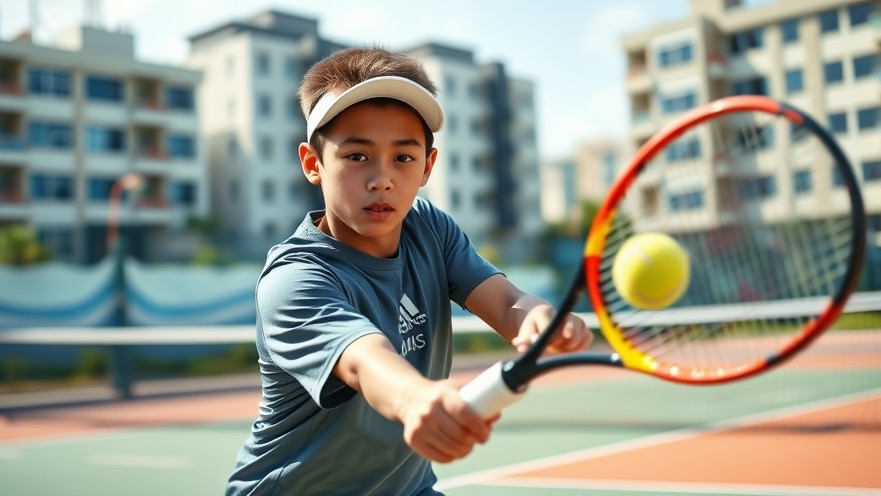
Mastering Angles: The Secret to Winning Tennis Matches
When it comes to tennis, the game goes beyond sheer strength or speed; it's about precision and technique. In the insightful video "Tennis Return Tips That Win Matches," valuable strategies highlight the critical importance of finding angles, boosting power, and mastering a stable stance. Let's delve deeper into these key concepts that can transform amateur players into formidable competitors on the court.
In 'Tennis Return Tips That Win Matches', the discussion dives into effective techniques for improving returns and mastering angles, exploring key insights that sparked deeper analysis on our end.
Understanding the Power of Angles
One of the central themes of effective tennis play is understanding the angles of the court. By positioning yourself correctly and striking the ball from a more beneficial angle, players can dictate gameplay and keep opponents off-balance. The concept is simple: the closer you hit the ball to your body's side, the better your chances of creating sharper angles, which can lead to more effective shots. This technique not only influences the trajectory of the ball but also allows for a stronger, more aggressive follow-through.
The Importance of Body Weight Transfer
A major takeaway from the video is the critical role body weight plays in shot execution. To maximize power, players must push their body weight into the shot, much like a boxer delivering a knockout punch. The video demonstrated how keeping the body ready to advance into the shot creates a natural flow of energy, adding significant force behind the ball. Without this crucial element, power relies solely on the arm, leading to less effective shots.
Building a Stable Foundation
Another vital point raised is the importance of stability during impactful movements. When players jump or rush their shots, they risk disrupting their balance and technique. Stability allows players to maintain precision while delivering powerful shots. Training to keep the body grounded and shifting weight effectively creates an advantage as it contributes to more predictable ball placement and superior accuracy.
Translating Practice to Performance
As with many skills, what happens in practice must translate into match situations. The video emphasized not merely aiming for quick, aggressive plays but instead focusing on consistent and constructive positioning and movement. Players must practice their techniques regularly so they become second nature during actual matches. This preparation helps mitigate nerves and builds confidence as competitors engage in more demanding situations.
Enhancing Your Game: Take Action
Ready to take your game to the next level? Focus on incorporating these proven techniques into your training regimen. Experiment with how angles affect your shot placement, fine-tune your body weight transfer, and cement a stable stance during practice. These adjustments will not only sharpen your skills but also elevate your tactical awareness during matches, ensuring you’re a player to watch.
 Add Row
Add Row  Add
Add 




Write A Comment